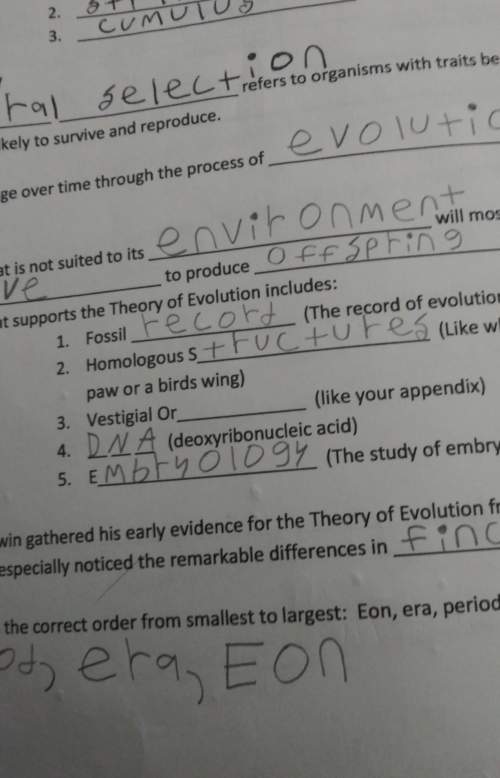
Physics, 17.02.2020 21:21 minecrafter3882
A large cube of mass M is pushed along a frictionless horizontal surface. A small block of mass m is held to the vertical front of the cube. The coefficient of static friction between the cube and the block is μs.
A) What is the minimum acceleration of the cube that ensures the small block does not slide down?
B) If the cube is accelerated by means of a horizontal pushing force P, what is the smallest magnitude of P that ensures the block does not slide?

Answers: 2


Another question on Physics

Physics, 22.06.2019 22:30
The drag force, fd, imposed by the surrounding air on a vehicle moving with velocity v is given by fd = cdaρv 2/2 where cd is a constant called the drag coefficient, a is the projected frontal area of the vehicle, and ρ is the air density. an automobile is moving at v = 80 kilometers per hour with cd = 0.28, a = 2.3 m2, and ρ = 1.2 kg/m3.
Answers: 2

Physics, 23.06.2019 00:30
Discuss the difference between thermal energy and heat. (terrance) terrance, egolf, r., congdon, donald. physical science student text, 5th edition. bju press, 2014. vitalbook file.
Answers: 1

Physics, 23.06.2019 00:30
What is the relationship between wavelength of light and the quantity of energy per photon?
Answers: 2

Physics, 23.06.2019 01:00
Two solutions of the same uv-absorbing molecule were analyzed by uv-vis spectroscopy on the same instrument using 1 cm pathlength cells. use data from the table to calculate by what percentage the concentration of solution b is compared to that of solution a.sample absorbance at 315nm a 0.45 b 0.80
Answers: 1
You know the right answer?
A large cube of mass M is pushed along a frictionless horizontal surface. A small block of mass m is...
Questions























